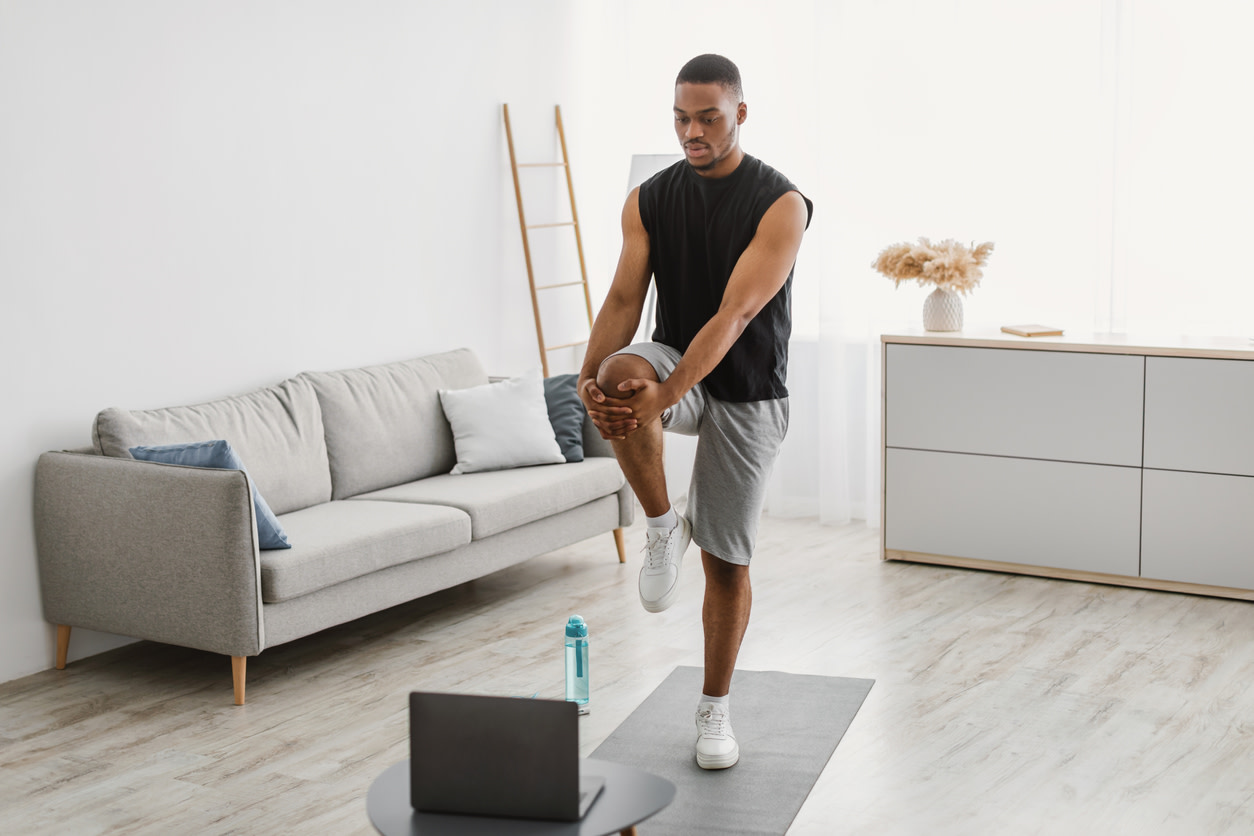8 knee exercises for an MCL sprain
Hinge Health physical therapists share the top MCL exercises to strengthen the muscles around your knee and help you heal from an MCL sprain.
$0 costo para usted
Fecha de Publicación: Sep 26, 2025
El índice
Fully covered knee pain relief
Find relief from knee pain, knee locking, stiff knees, & more.
Check if I'm eligible